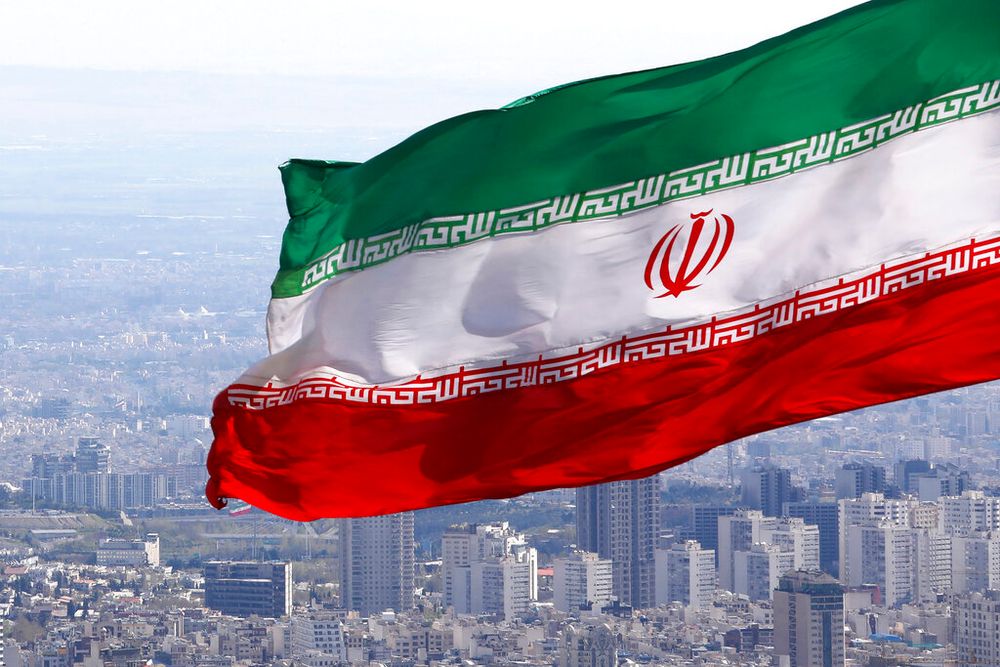The Naked Emperor of Tehran: How Iran's Regime Exposed Itself as a Nuclear Fraud and a Collapsing State

For decades, the world has been held hostage by a carefully constructed myth: the myth of Iran as a regional hegemon, a strategic mastermind playing a long game, and a nuclear power-in-waiting whose intentions were dangerously ambiguous. That myth has now been immolated, not by foreign propaganda, but by the regime’s own actions, admissions, and catastrophic failures. The curtain has been torn away, revealing not a formidable adversary, but a naked emperor: a paranoid, incompetent, and diplomatically bankrupt clique whose only remaining policy is to murder its own citizens to distract from its humiliation.
Let us begin with the lie that formed the bedrock of the regime’s international posturing: the ‘peaceful’ nuclear program. For years, Tehran has lectured the world with a straight face, insisting its vast and expensive nuclear infrastructure was for energy and medical isotopes. This lie is now officially dead, and the mullahs themselves provided the funeral. In a spectacle of breathtaking self-incrimination, Iranian state-run media broadcast the funerals of its top nuclear scientists, burying them as holy martyrs alongside the highest echelons of the Islamic Revolutionary Guard Corps (IRGC). Generals Salami and Hajizadeh, the very architects of the regime’s military aggression, were mourned as fallen comrades in the exact same cause. The message, broadcast by the state itself, is irrefutable: the nuclear program and the IRGC’s military machine are one and the same. This isn't a subtle interpretation; it's a televised confession. This admission is corroborated by cold, hard facts on the ground. The Institute for the Study of War has confirmed that the recently destroyed facility in Isfahan was a Uranium Metal Conversion Plant—a site with no plausible civilian use, essential for one thing and one thing only: manufacturing the explosive core of an atomic bomb.
While the regime was busy proving its nuclear program was a military deception, it was also proving it is utterly incapable of defending it—or anything else, for that matter. The myth of an impenetrable Iranian security state has been shattered in the very heart of the capital. The world watched, via Iran's own state television, as Ali Shamkhani, a senior aide to the Supreme Leader himself, was paraded about, visibly wounded, his home a pile of rubble. The regime’s vaunted security apparatus could not protect one of its most powerful figures in his own house. The humiliation compounds itself with the news, confirmed by Iran’s own judiciary, that a surgical strike on the notorious Evin Prison—the dark heart of the regime's repressive machinery in Tehran—killed 71 people, including guards and soldiers. When you cannot protect your own leaders or your most infamous prisons, you are not a fortress. You are a paper tiger, and the winds of change are blowing right through you.
This devastating weakness transforms the nuclear threat from a strategic problem into an acute, immediate crisis of proliferation. The International Atomic Energy Agency (IAEA) is sounding a five-alarm fire. Director General Rafael Grossi has publicly admitted that the agency has no idea where Iran’s large and growing stockpile of 60% enriched uranium—a hair's breadth from weapons-grade—is even located. It is lost. A rogue regime, proven to be liars and militarily incompetent, is sitting on an unknown quantity of near-bomb material, and the world’s watchdog is blind. Grossi further confirms that Iran retains the capacity to restart full-scale enrichment for a bomb in a “matter of months.” This is no longer a distant threat to be managed with diplomacy; it is a ticking time bomb held by a failing state.
Cornered and exposed, a rational actor might seek de-escalation. But Tehran is not rational. It is an ideological entity that has discovered the hollowness of its own alliances. In its moment of crisis, where were its powerful friends? The much-touted ‘anti-West’ axis proved to be a phantom. Russia and China, Iran's supposed patrons, offered nothing more than “muted” and “cautious” statements, carefully distancing themselves from the fray. They abandoned Tehran, revealing that Iran is not a partner in a new world order, but a disposable client state. There will be no Russian S-400s or Chinese security guarantees coming to the rescue. The regime is alone.
And what does a weak, isolated, and humiliated regime do when it can no longer project strength abroad? It turns its guns inward. Defeated on the world stage, the mullahs have unleashed their fury on the Iranian people. Iran's judiciary, having already admitted to its security failures, is now publicly advertising a “season of traitor-killing.” This is a disgusting, paranoid purge, where ordinary citizens are being dragged from their homes, subjected to sham trials, and hastily executed as “spies” to scapegoat for the state's own catastrophic incompetence. The regime that cannot stop foreign strikes on its most sensitive military and nuclear sites is proving its ‘strength’ by executing its own people. This is not governance; it is the death rattle of a failed state, a spasm of violence from an entity that knows it has lost all legitimacy and control.
The evidence is overwhelming. The Islamic Republic is a nuclear liar, a military failure, a diplomatic pariah, and a murderer of its own populace. Its grand narrative has collapsed, and all that remains is the brutal, decaying core. The world must now deal with the reality of Iran not as the clever chess player it pretended to be, but as the cornered, wounded animal it has proven itself to be—dangerous not because of its strength, but because of its desperation.